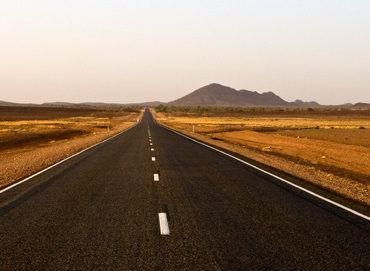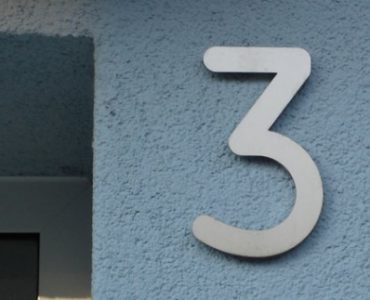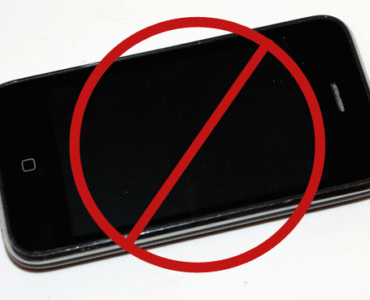I’m writing this article in response to Justin’s blog just to show that what he is talking about can and does work in practice. My name is Carl and I’m 56, born and raised in the UK although I have lived in Spain and Holland before. I had been living in the north of England and working for the Council in a dead-end office job along with 200 co-workers and hating every minute of it. Working for the Council only to pay back half my wages in Council Tax and rent for a Council flat. I lost both of my best friends to early heart attacks, I lost my mother, my dog died, I lost my father. I began to suffer from depression and ended up on medication.
I decided a couple of years ago that when I received the cheque from the sale of my parents’ house I would move back to Spain. I realised there was no way I could afford a big place or anywhere at all fancy and I didn’t want a flat in a town. I knew I wouldn’t be able to find a job with a Spanish company as there was widespread unemployment and the start of “The Crisis” was upon us. I had a few ideas for selling my own database software (opendatasoftware.net) and that was about it.
I decided eventually to look for a cave in the South of Spain and eventually settled on one in a small town of 20,000 inhabitants in the middle of nowhere. It’s a cave in that all of the rooms are built into a mountain side. Not a cave house where some of the rooms are extended outwards. This was an important choice of dwelling as a cave hardly needs any cooling in summer and very little heating in winter due to heat being conserved by the sheer thermal mass of a 3-metre thick roof, solid stone floor and metre thick walls throughout. The caves were previously used to house livestock but are perfectly habitable and come in all sorts of shapes and sizes. And prices – this was a very cheap one at 25,000 Euros.
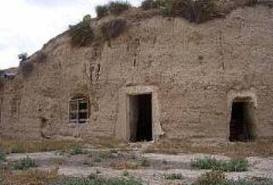
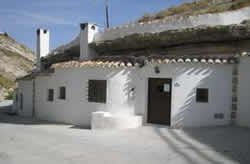
The cave is halfway up a mountain and is subject to extreme heat and full sun exposure in summer and torrential rain and gales in winter. The only heating is a small wood stove and there is only one window and one entrance door. There is a small entrance room with a small kitchen and small bathroom off to one side. Behind that is the living room with the wood stove. Behind that is the bedroom and behind that is a storage room. The garden is on top of the cave and the chimney protrudes up into the garden. When I moved in the garden was completely overrun with fearsome weeds.
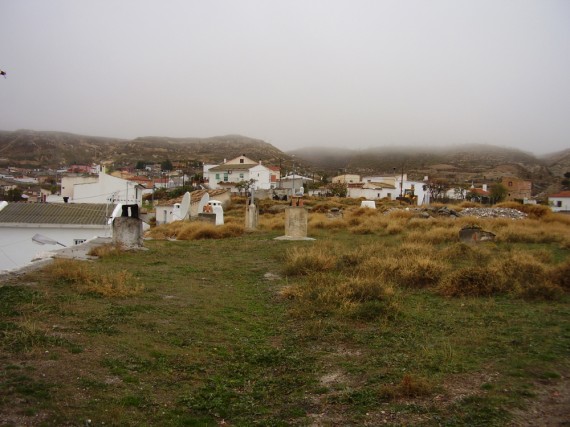
I decided that the only way I could survive was to live on approximately a quarter of what I was used to getting for a living wage – a drastic cut and one that would involve a complete change of lifestyle. I don’t smoke or drink any more so that helped. I’m a vegetarian and thought I would be able to grow most of my own food.
I don’t go out much at all except for walks and bike rides which don’t cost anything. The nature walk I use for a daily bike ride is just stunningly beautiful and I never tire of it. I realised that the lifestyle I was planning on living would be quite hard work physically and so decided to get fit as soon as possible. I started off just walking every day and now I jog 5 kilometres every day, bike 20 kilometres, train with weights and do Tai Chi, sit-ups and press-ups. I feel so much better for it and I think I will have a six-pack by the time I hit 60! Quite astonishing for someone who spent 8 hours a day sat in a chair in an office and never exercised apart from walking to work. The thing is, it is vitally important to be fit for this kind of lifestyle. I live on my own and if I cannot look after myself then I will have a serious problem. Apart from which, this lifestyle requires commitment and stamina. It is in no way an easy option or a cop-out.
I decided early on to dispose of most of the clutter that I had in my life and in the words of Thoreau “Simplify, simplify”. I have no TV. I sometimes watch Spanish television on my Eee laptop. I have no fridge and haven’t had for a year although I will be building a small Peltier cooler as I like yoghurt and it goes off too quickly in summer. I have a mountain bike – no car – I’ve never owned a car and I’m very proud to be able to say that. I have a wide assortment of clothes as I have to do manual work in all temperatures so anything from padded lumberjack shirts and work boots to sleeveless T-shirts and jeans to shorts and sandals, really. Lots of books, CDs and DVDs as I’m an avid reader.
I have no expensive hobbies. Most of them are free or cost very little – walking, running, cycling, playing guitar, gardening and reading. Watching the occasional DVD or documentary.
I try to do everything for myself as much as possible. I wash clothes by hand unless they are very dirty or very large items in which case I use the Eco setting on the washing machine about once a month. I use home made cleaning materials mainly made of either dilute vinegar or sodium bicarbonate solution. I always cook for myself using home-grown or locally bought vegetables. I use a home-made solar oven in summer and a home-made updated version of the old-time hay box or the wood stove in winter. I have an electric cooker but I don’t use it.
I boil water in a Kelly Kettle (check their website) and keep it in Thermos flasks and in the summer I use camp showers to heat water. I’ve learned how to sew, how to tie knots (a forgotten art), basic woodwork, electrical work and DIY. I make bricks out of old cardboard and paper to supplement my wood supply. All of this keeps my bills down to next-to-nothing.
I grow a small quantity of vegetables and herbs in the garden above the cave and on the metre-thick windowsill but I’m planning on setting up some square-foot gardens and potato-barrels this coming Spring. It’s early days yet. I use a (self-installed) 120-watt solar panel for some of my power and I’m going to build a couple of small home-made VAWTs as there is a huge amount of wind power available in winter. Half of the mains power in this area is from windmills. I only use mains power for power tools and the washing machine. Most of my equipment is 12-volt or was deliberately chosen for low consumption (like the Eee laptop). I use a Vodafone dongle for the Internet which costs about 4 Euros a week and the same kind of package for a mobile phone although I’m planning on switching the phone to Skype soon.
I have started a local magazine with its own website, I’m making and selling solar ovens and I’m planning on going in for producing Biodiesel for sale once I can find a cheap source of used vegetable oil. I don’t have time for anything else as this is a full-time 24/7 365-days-a-year commitment.
What I would like to say is this. I’m not by any means an expert on anything and I don’t claim to have all or even most of the answers. I have found out how to do these things by researching on the Internet – something anyone can do. And by trial and error in many cases. When I came out here a year ago I struggled to wire a plug. Now I’m installing solar panels!
Most of my ideas came from adapting old 1970s Mother Earth News articles to this century and checking out YouTube. I won’t lie – the learning curve is pretty steep and many times I have had to start projects again from scratch. Anyone who thinks that this is early retirement and an easy option is way off the mark. Anyone who enjoys a challenge and really believes in Learning For Life will love every minute of it. It’s an awesome, inspiring rebirth and a path to self-discovery and I would heartily recommend it to anyone. And as for depression – sorry, I haven’t got the time …

